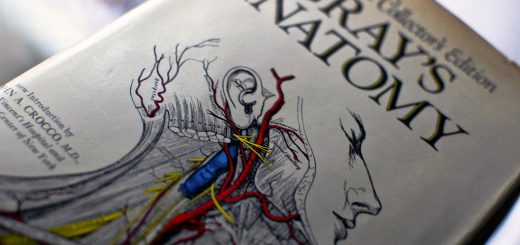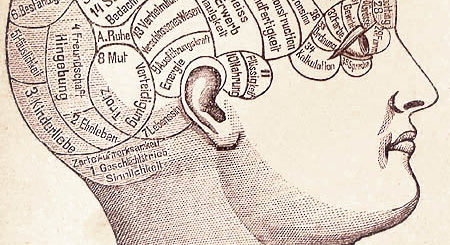Sexy Farmers
Bethan Lowder delves into the DNA of her ancestors.
Burly farmer with dirty fingernails seeks like-minded companion for long days toiling in the fields. Enjoys pig breeding and whittling tools. GSOH required???.
Now then girls, try to contain yourselves. Does this conjure up an image of your perfect man? No? Well, it may have been a different matter for eligible young maidens living in Britain 10,000 years ago.
At this time farming was a revolutionary new concept. Until this point humans had been content with hunting for animals and gathering wild plants from the land around them. Farmers first appeared in the Near East but soon began to spread west across Europe, eventually reaching the shores of Britain. As they travelled they seduced the local ladies, breeding with women who chose them over the local hunter-gatherers.
This interesting discovery is not the result of wild speculation about the deep meanings of prehistoric cave paintings or something detected in piles of old bones. So, how have researchers reached their conclusion? The answer is DNA. Biologists have been taking a look at the DNA of people living all over Europe, including here in Britain. Our genetic code can reveal many hidden clues about the identity of our ancient ancestors.
The farmer
To find out about the male members of the family tree, scientists scrutinised the Y chromosome. Females have two copies of X, whereas males have X and Y, therefore the Y chromosome is passed down from father to son. This means that the genetic information stored on this Y chromosome holds the secrets of the male lineage, undiluted by the genes from females of the family.
It turns out that a particular version of the Y chromosome very common in Europe originates from the Near East, where farming first started. Scientists took DNA samples from more than 2,500 men, and could clearly see that this genetic type has spread Westward across the continent over the course of several thousands of years. More than 60% of British men, and almost all Irish men, have this version of the Y chromosome.
The farmer’s wife
For the other part of the puzzle we turn to our female ancestors.
Other researchers have been delving into something called mitochondrial DNA. This is genetic information that we all possess (whether we are male or female) but which is only passed down maternally. We all got our mitochondrial DNA from our mothers, and they from their mothers. So, in this case the genetic code will tell us all about the female lineage. With a database of more than 4,000 samples they were able to get a clear idea of the genetic landscape throughout the Near East, Europe and even parts of Russia.
Piece together the patterns and relationships shown by these genetic markers and you soon discover that the waves of men spreading into Europe from the Near East were not accompanied by waves of migrating ladies. It would seem that women were less likely to be intrepid adventurers, preferring instead to stay in familiar surroundings. Unlike the males, who migrated from distant lands bringing with them their farming skills and their Y chromosomes, the females bearing the next generation were in fact the local hunter gatherer women.
What were our ancient ancestors up to?
We have known for some time that people in the Near East discovered farming. We can now see that the men of these communities set off to sow their seeds across Europe, leaving the womenfolk behind. Taking their farming skills with them, the migrants were well received by those reliant on the fruits of the forest. The local women presumably found their exotic ploughing and goat handling ways more appealing than the local talents in mushroom identification.
The result… the indelible marks of hunter gathering mothers and migratory farming fathers left on the DNA of millions of Europeans today. As Patricia Balaresque, an author of the study puts it:
“Maybe back then, it was just sexier to be a farmer.”1










